Top 10 Disturbing Books (Halloween Special!) – Part 2
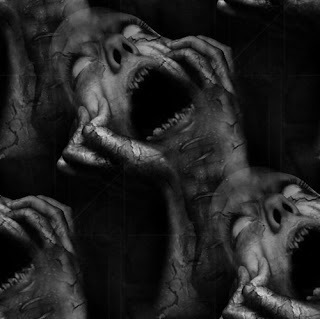
#1: The Exorcist – William Peter Blatty
One of the bestselling books of all time? Check. An iconic cult classic? Check. The inspiration for one of the scariest movies ever filmed? Check. Oh—and the fact the story is partly based on the true story of a child's demonic possession in 1949 makes it that much creepier. Chances are you've see the aforesaid movie. If you haven't read the book that started it all, you're missing out. And if you do, it would be worth checking out the new, updated edition, which features new and revised material: According to the author: "The 40th Anniversary Edition of The Exorcist will have a touch of new material in it as part of an all-around polish of the dialogue and prose. First time around I never had the time (meaning the funds) to do a second draft, and this, finally, is it. With forty years to think about it, a few little changes were inevitable—plus one new character in a totally new very spooky scene. This is the version I would like to be remembered for."
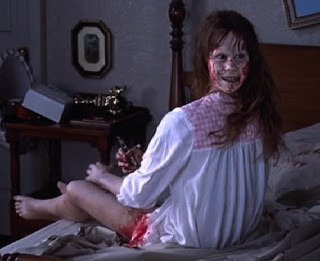
#2: House of Leaves – Mark Z. Danielewski
Okay, this is one messed up book. Messed up and trippy and extremely difficult to summarize, so I'll let the guy at Amazon Review do it for me: "Had The Blair Witch Project been a book instead of a film, and had it been written by, say, Nabokov at his most playful, revised by Stephen King at his most cerebral, and typeset by the futurist editors of Blast at their most avant-garde, the result might have been something like House of Leaves."
The first thing you'll notice when you open it up is the crazy page layout. There are tons of footnotes, some of which contain their own footnotes, and some of which reference books that don't exist. Certain pages contain only a few words or lines of text. This usually occurs during a fast-paced scene, making you flip through the pages, well, faster. Other pages contain boxes of text here and there, mirroring, say, a confusing or labyrinthine scene. All in all it's pretty weird, but it's that weirdness that gets under your skin and stays with you for some time afterward.
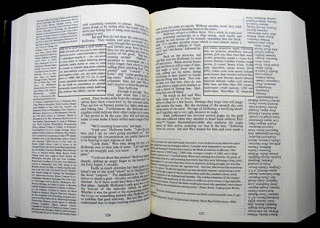
#3: The Haunting of Hill House – Shirley Jackson
Any top ten list of anything scary has to have a haunted house in it. Because if you're not safe in your own house, where else is there to go? Stephen King, in his book Danse Macabre, a non-fiction review of the horror genre, lists The Haunting of Hill House as one of the finest horror novels of the late 20th century. Of its opening lines, he says: "I think there are few if any descriptive passages in the English language that are any finer than this." Now that's coming from the bestselling horror author of all time. Still, here are the lines so you can judge for yourself: "No live organism can continue for long to exist sanely under conditions of absolute reality; even larks and katydids are supposed, by some, to dream. Hill House, not sane, stood by itself against its hills, holding darkness within; it had stood for eighty years and might stand for eighty more."
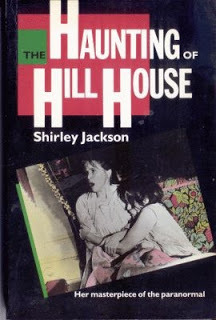
#4: Pet Cemetery – Stephen King
Speaking of Scary Steve, you also can't have a scary book list without something of his on it. And, yeah, I know everyone has a favorite Stephen King book—he's written over fifty worldwide bestsellers—so really any could have made this list. I chose Pet Cemetery because of the Faustian question: what would you do to bring back your child? This is a ridiculously spooky question, because most people would do anything—even bury their daughter or son in a pet cemetery that had magical powers.
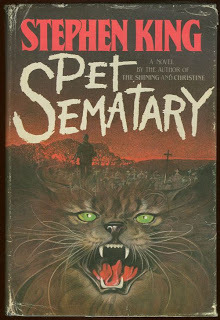
#5: Dracula – Bram Stoker/Frankenstein – Mary Shelly
What can I say about these two? They've both had a major influence across literature and popular culture and spawned a complete genre of horror stories and films. Their origins can be traced to the famous literary gathering on the shores of Lake Geneva. The story is well known, but here it is again: In the summer of 1816, Lord Byron and his doctor, John Polidori, were residing at the Villa Diodati where they were visited by Percy Shelley, Mary Godwin (who would later become Mary Shelley) and Claire Claremont. One evening, after a collective reading of ghost stories, Byron suggested that each member of the party write a story of their own. Two tales that changed the face of Gothic fiction were inspired by this challenge. Mary Shelley began Frankenstein, while Byron wrote a fragment about a nobleman named Augustus Darvell who contrives to return from the dead. Later that year, Byron's doctor, Polidori, used Byron's unfinished work as the basis of a novella that became the prototype for most subsequent vampire tales, including the most famous of all: Dracula.

Published on November 21, 2011 18:43
No comments have been added yet.



